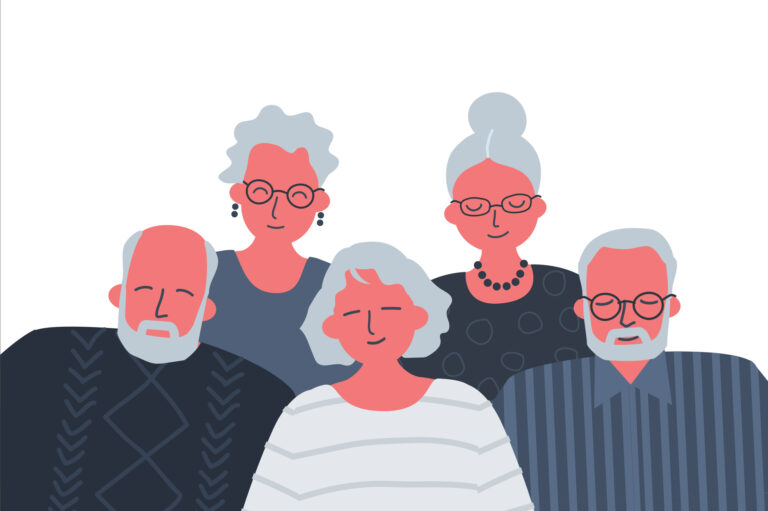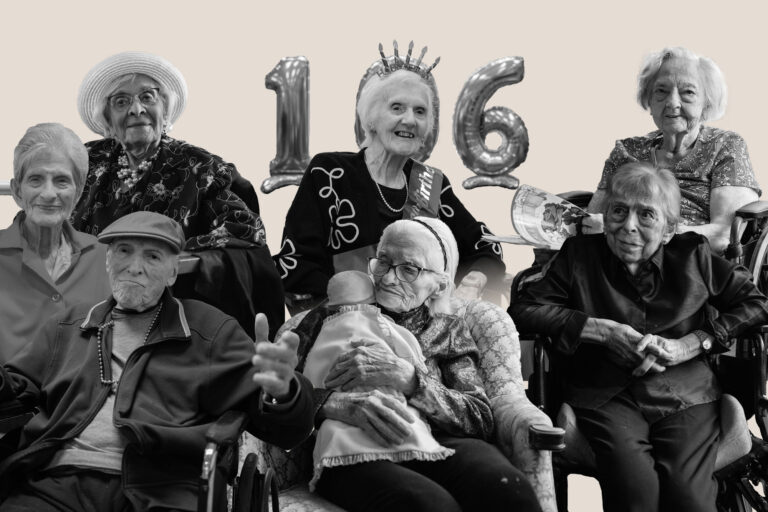
Sarah is a longtime journalist, specializing in aging, parenting, caregiving, health, and business management topics.
Keep these tips in mind to bring out their best
 1. Remember who they are
1. Remember who they are
When working with families, Aishling Dalton Kelly, CEO of Aishling Care Academy and Aishling Companion Home Care, first finds out what the person’s lifelong preferences have been. What’s their favorite color, music, and food? Do they love to help around the house? Have they always enjoyed puzzles or stories? Find a way to keep those favorites in their lives, whether it’s telling stories while looking through a memory book or playing their favorite album.
Even as their abilities decrease, people often cling to those longtime favorites, Kelly says. She recently worked with a woman in the final stages of dementia who had always loved the color yellow. So, Kelly had her bat around a yellow balloon with a yellow flyswatter.
“She wasn’t able to verbalize, ‘Thank you so much that the flyswatter is yellow and so is the balloon,’ but they are the little things that might attract her to get involved in the activity,” Kelly says.
 2. Keep their routines in mind
2. Keep their routines in mind
Just as people have favorite colors or foods, they also have preferred routines. A morning person may have no energy for dancing just before dinner. But a night owl who worked the third shift for decades may be ready to cut the rug late at night. As a caregiver maps out activities, they should keep their loved ones’ lifelong routines in mind.
“Their internal body clock doesn’t change because they have dementia,” Kelly says.
3. Help them belong
There’s a natural tendency for most people — even those with dementia — to want to guide the next generation, says Darby Morhardt, PhD, a licensed clinical social worker and research professor at the Mesulam Center for Cognitive Neurology and Alzheimer’s Disease at the Northwestern University Feinberg School of Medicine.
Morhardt leads a buddy program in which people with dementia mentor first-year medical students. Focusing on people’s remaining strengths and giving them an opportunity to contribute to others engenders feelings of purpose and value, she says.
Caregivers can invite their loved one to help around the house, play with grandchildren, or volunteer as much as they are able. Even if they no longer can wash the dishes correctly, the act of contributing makes a difference. “It doesn’t have to be anything elaborate,” Morhardt says.
 4. Prioritize self-care
4. Prioritize self-care
Of course, this is all easier said than done amid the difficult days that are inevitable when caring for someone with dementia. Caregivers themselves are at elevated risk for physical and mental health issues, including lower immunity and depression, studies show.
Self-care is critical. Even just taking time to walk around the neighborhood or have lunch with a friend can help caregivers. People with dementia become increasingly dependent on their family members for their daily needs, Morhardt says. “And so, if they don’t have you as a family member who is well and functioning as their very best self, they’re not going to function that well either.”








